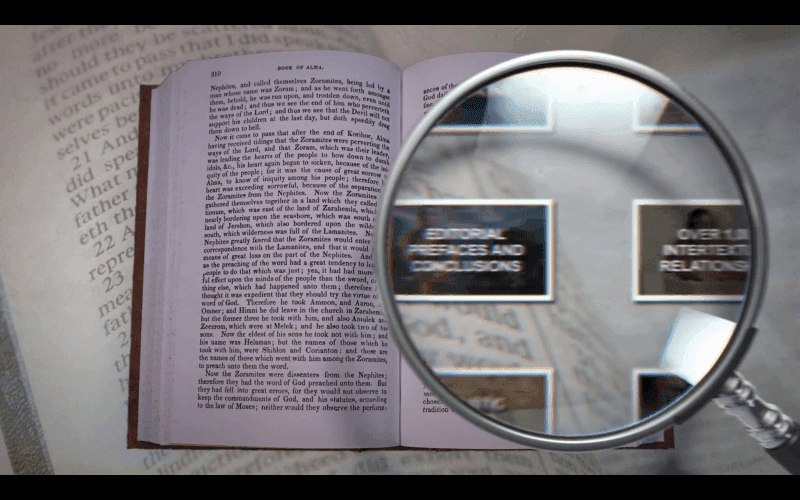Share
March 29, 2018
WATCH: Evidence of the Book of Mormon: Internal Complexity
Post contributed by
Scripture Central

Share
Synopsis
Some early critics of the Book of Mormon ridiculed its literary qualities. Over time, however, it’s become clear that the Book of Mormon is actually a remarkably complex and sophisticated text. This can be demonstrated on dozens of different levels, and when looked at together, its impressive literary features offer excellent evidence that Joseph Smith truly translated it by the gift and power of God.
Book of Mormon